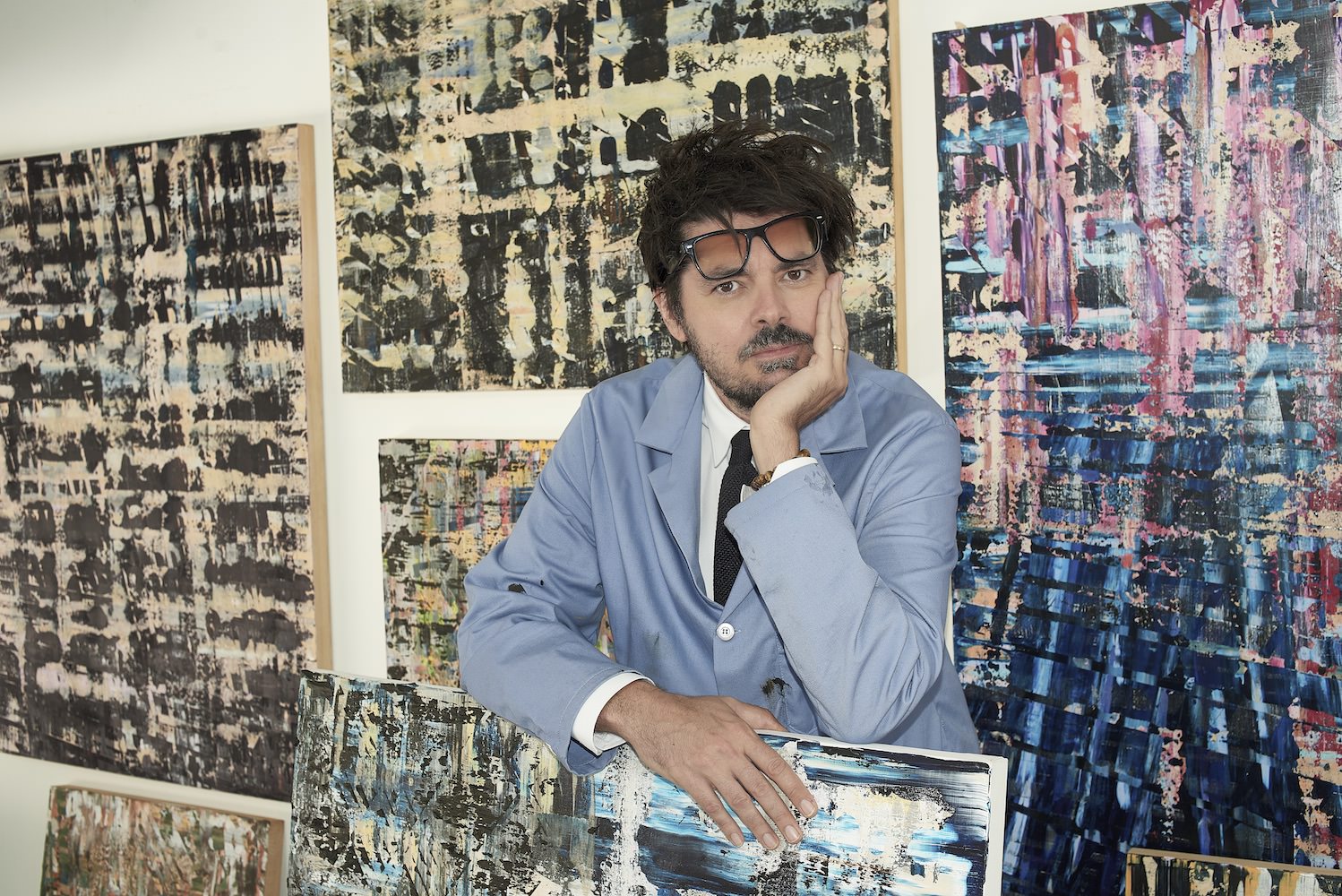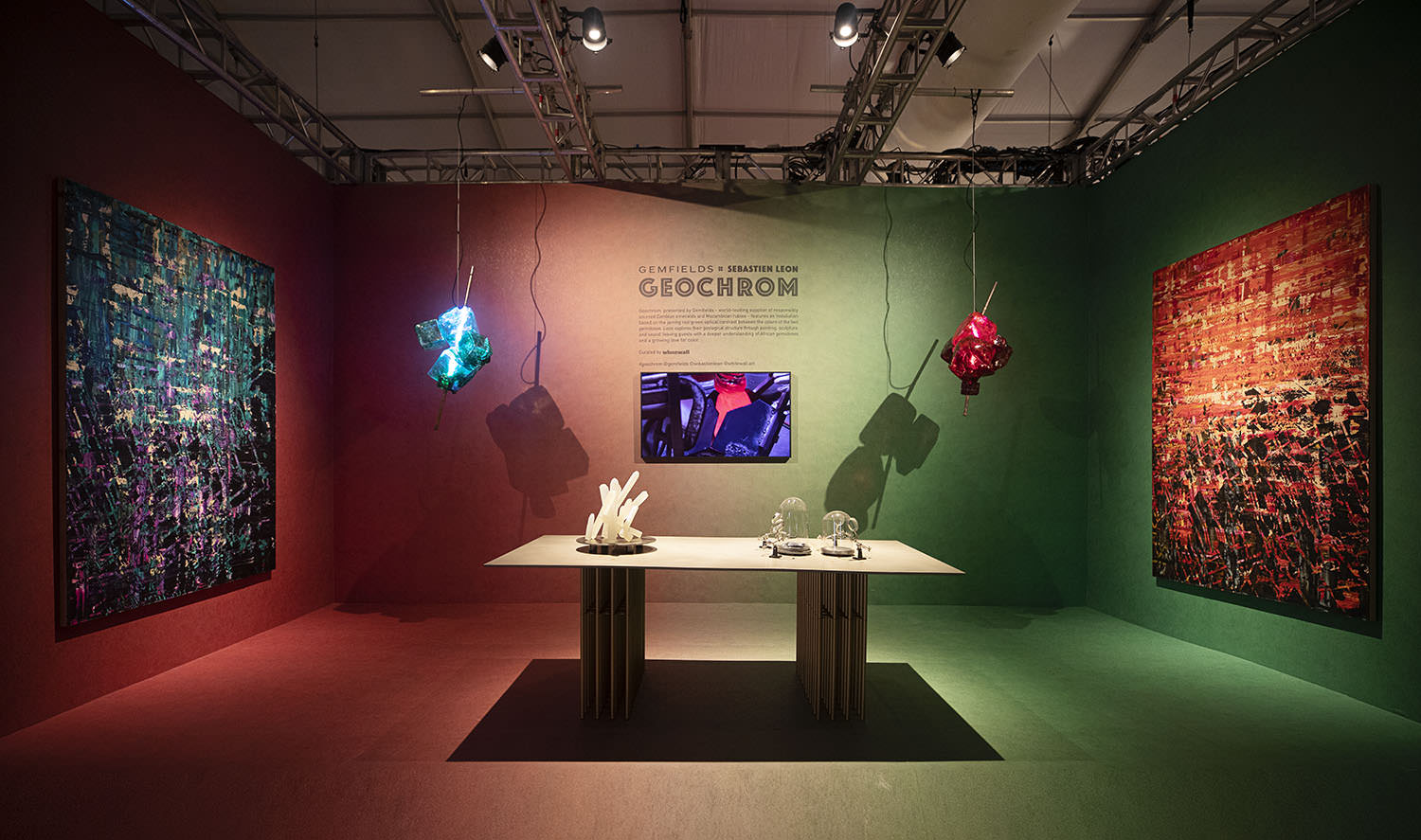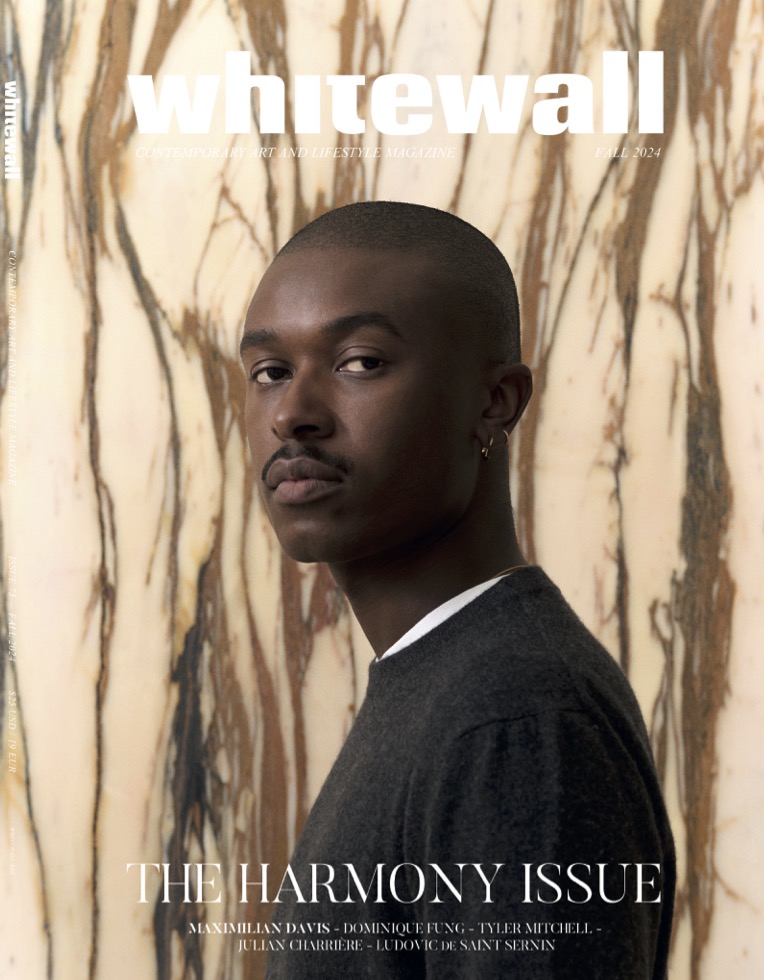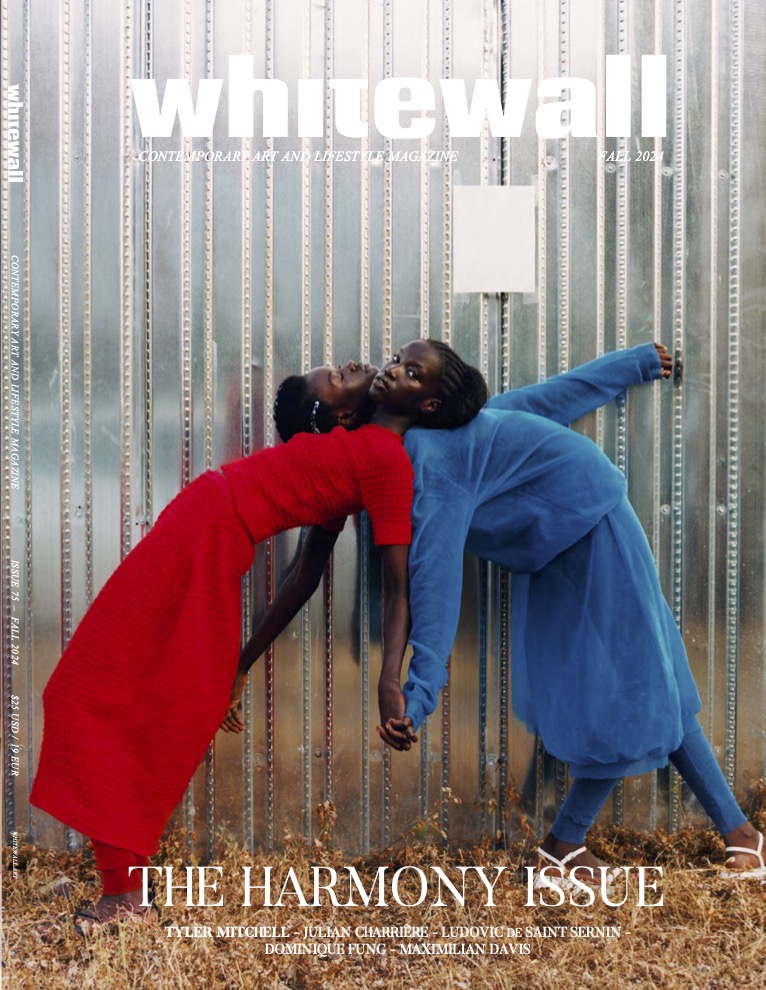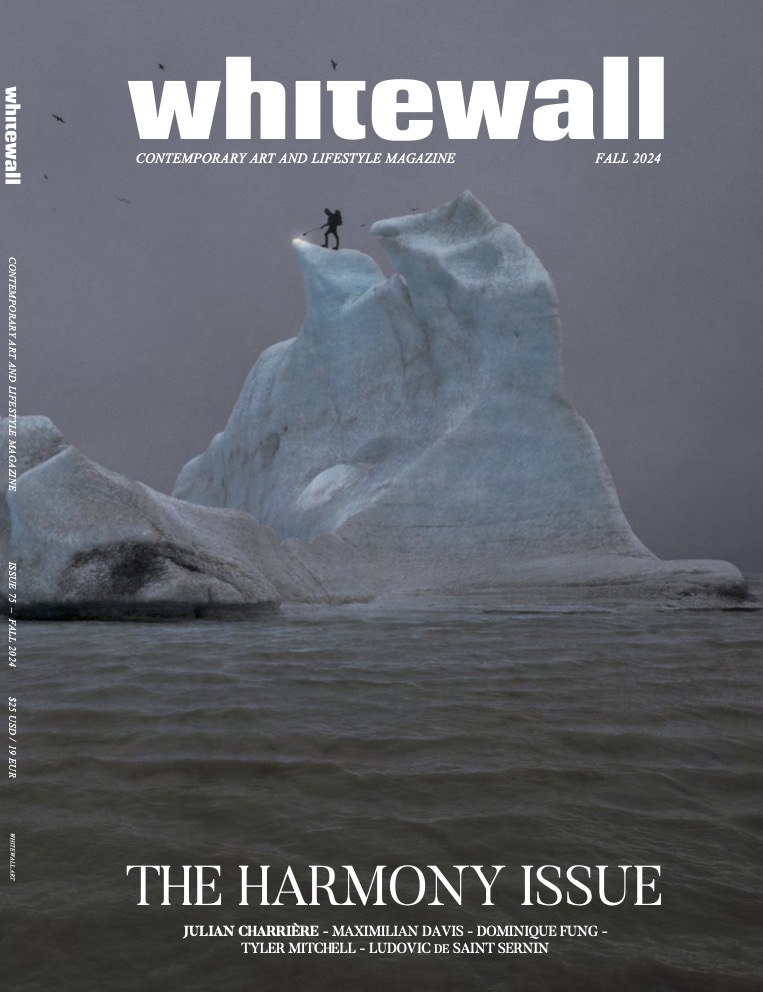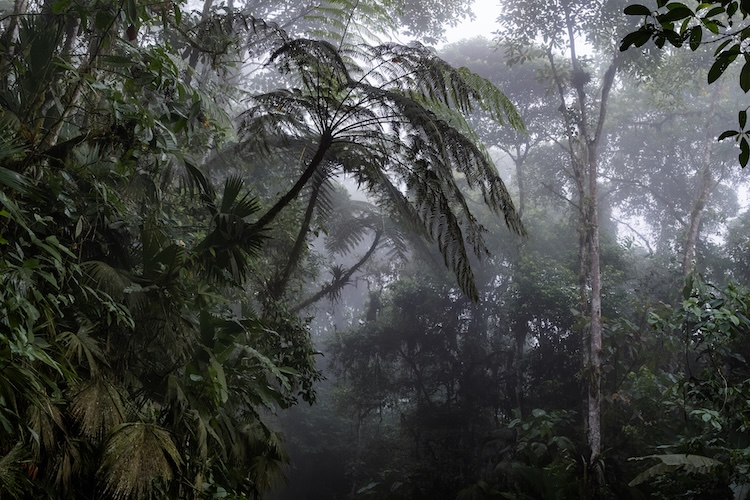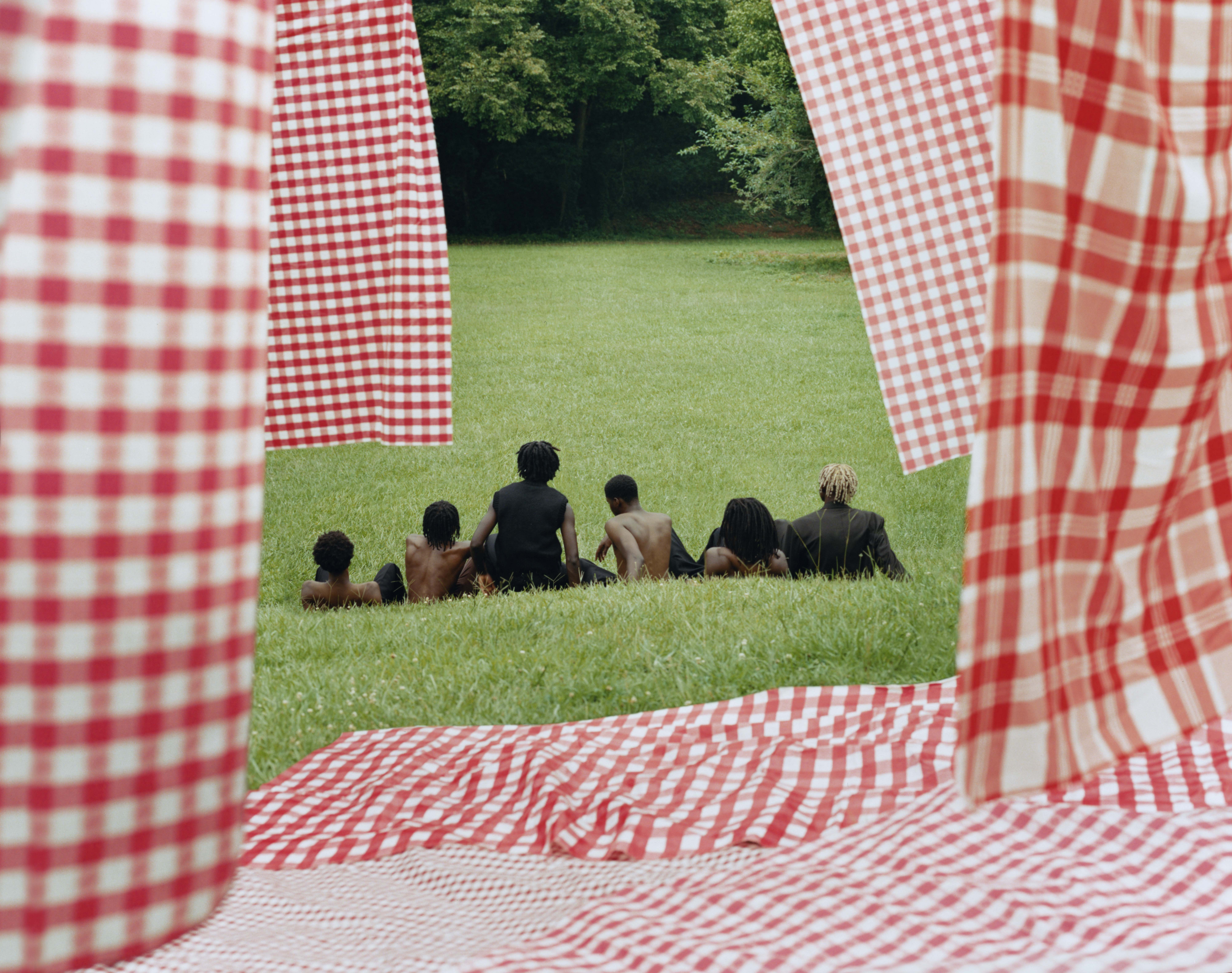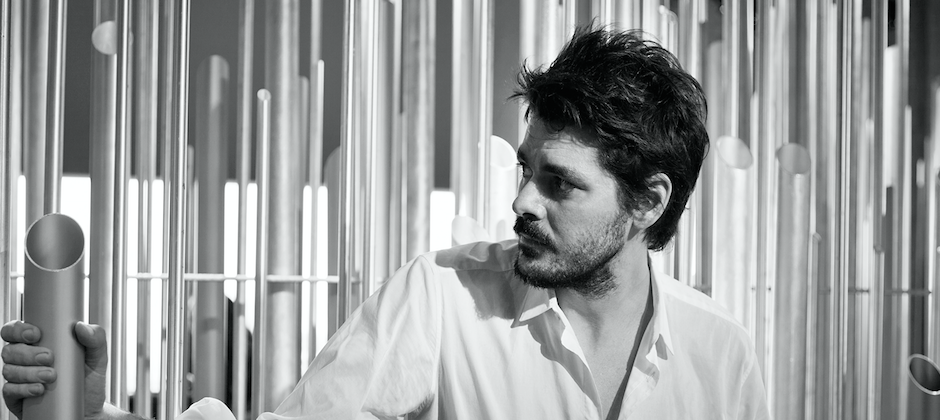
“”
The output of Sebastien Leon is prolific and vastly varies in medium. The Los Angeles–based artist attributes this to his education outside of art, and instead in business, which liberated him from seeing his artistic practice within a certain framework. He began his career in the early 2000s in New York with a curating agency, Formavision. Through commissions and collaborations between international brands and creators, Leon built a network of resources he’s now able to tap into for projects—be it music, furniture, painting, video, installation, and more.
Recently, Leon was invited by Gemfields to create an installation debuting at Design Miami/ inspired by rubies and emeralds. Whitewall spoke to Leon from his studio to learn more about his creative process.
WHITEWALL: Your practice is multidisciplinary, mixing art, design, sound, technology. What’s a typical starting point for you for any given project?
SEBASTIEN LEON: I don’t know if it’s because I’ve lived in Italy, but I seem to have always approached my practice in the spirit of a Tuscan Renaissance artist. Music, painting, sculpture, drawing, design, video, technology, and architecture are all complementary tools that I feel I need to use in order to execute my vision.
To me, the medium is always at the service of the concept that I want to explore, or of the commission I receive. I think that moving to Los Angeles might have reinforced my belief in the importance of interdisciplinary work, because this is ultimately a city of storytelling—through film, sets, performance, music, et cetera.
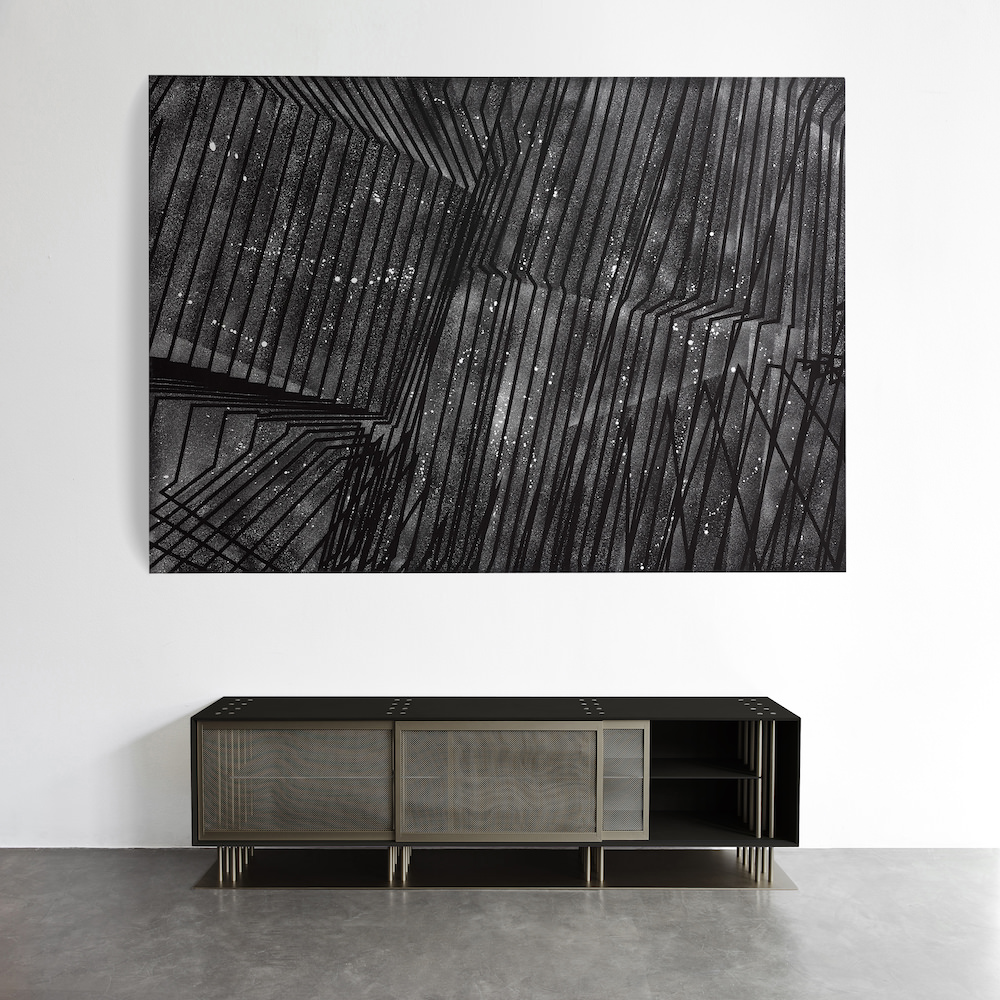 Courtesy of Sebastien Leon.
Courtesy of Sebastien Leon.
WW: What was your starting point for this collaboration with Gemfields?
SL: I find it a powerful symbol that Gemfields works mostly in emeralds and rubies. These two gemstones are the perfect balance—yin and yang. Their colors are polar opposites, so this constitutes a strong visual basis for an installation.
Working on this commission has been very natural also because of my interest in geology. I had never worked in glass before, and I thought that this would be the perfect opportunity to explore this medium. Because I use tubes and pipes throughout my work, there was an immediate fascination with the process of blowing glass. What most captivates me in glassmaking is the conversation with the material. When you blow in a mold, you want the glass to become a specific shape, but as soon as it gets out, it morphs into its own being, making it a constant conversation.
WW: What role does nature play in your practice?
SL: There is such beauty in the geometric abstraction of physics and of certain chemical reactions. I have started to observe repeating patterns, like my interest in science, in the origin of life, in space exploration, in physics. I think I’m a Pythagorean: I believe that God is in mathematics.
For me, observing natural phenomena holds the key to comprehending the universe.
When I see the effect of sound frequency going through water or sand, and how matter shapes up in complex geometric mandalas when traversed by specific frequencies, it is hard for me to not imagine a higher logic behind it, some sort of cosmic connection between mathematics and beauty.
 Courtesy of Sebastien Leon.
Courtesy of Sebastien Leon.
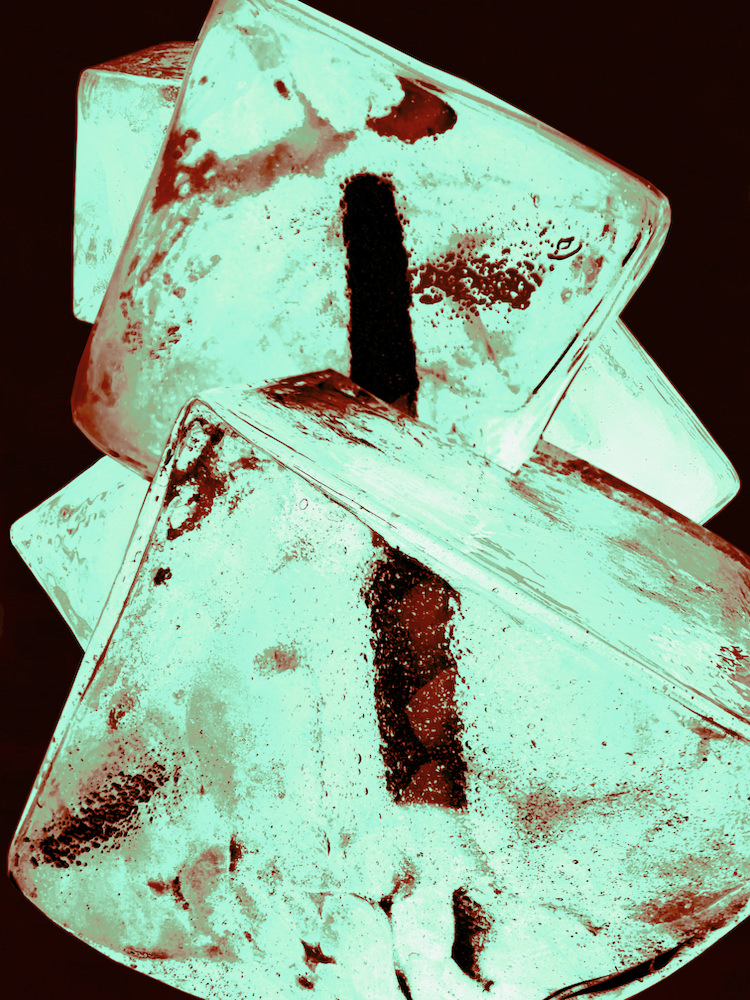 Courtesy of Sebastien Leon.
Courtesy of Sebastien Leon.
WW: Can you tell us about your studio/creative space in Los Angeles?
SL: I live in Hollywood, and my studio is next door to my home, which means that my work ultimately blends into the rest of my life. I paint from home, but create most of my physical objects and installations in 3D programs – which can happen anywhere – and then coordinate the fabrication with specialized producers and craftsmen. Los Angeles is great in that sense because it is the city of cinema, so there are a lot of makers who are used to crafting unlikely projects.
WW: What is a typical day like for you there?
SL: I work a lot on commissions that vary in nature, so I can’t say that there is a typical day. I would rather say that I work on a project basis, and that I plan my time accordingly. I have started however to spend more and more time painting and making my own art objects—sound sculptures in particular—so this is starting to occupy a lot of my time.
To learn more about responsibly sourced colored gemstones, visit Gemfields.
 Courtesy of Sebastien Leon.
Courtesy of Sebastien Leon.
 Courtesy of Sebastien Leon.
Courtesy of Sebastien Leon.






